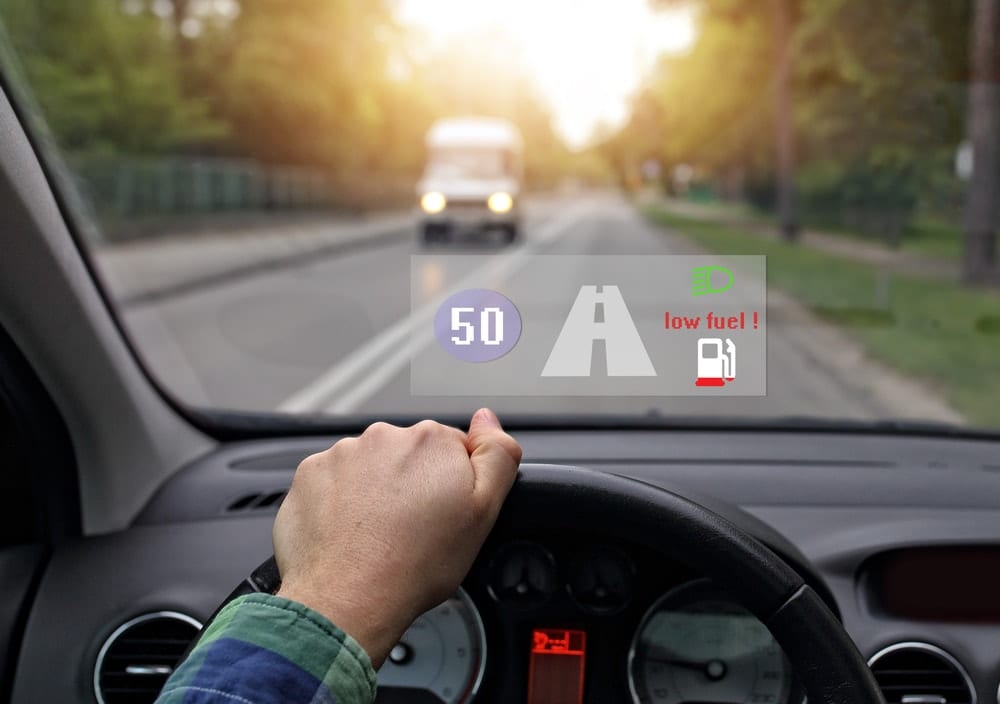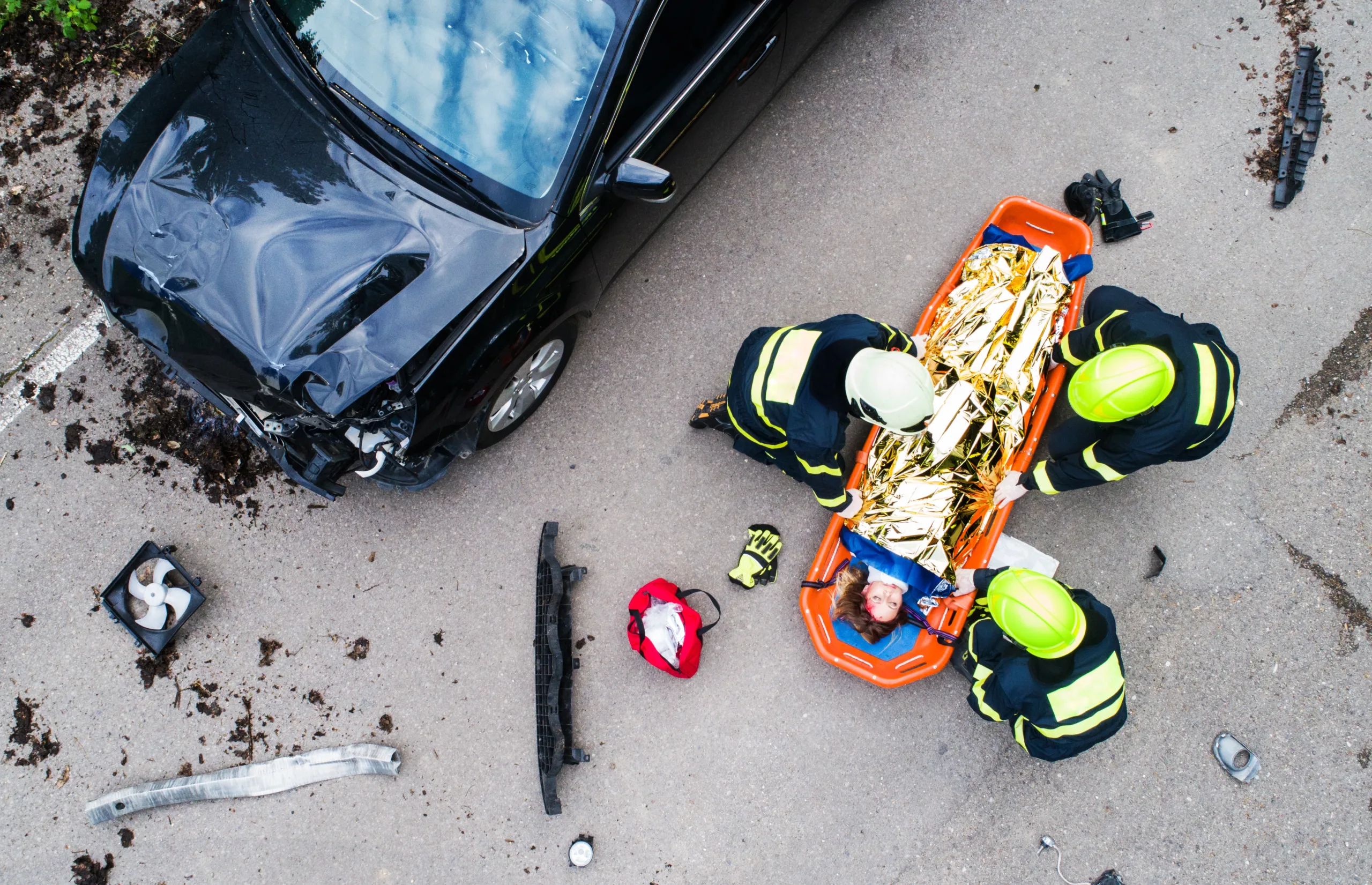Once considered a rare gadget seen only on television and in video games, head-up displays (HUDs) are on their way to becoming an everyday reality. Vehicle manufacturers are increasingly teasing the possibility of incorporating this technology into windshields. While some cars have this technology built in, aftermarket HUD models are also available. These displays provide basic information like speed, temperature, vehicle conditions, or it could provide warnings and alerts as the car drives.
The front windshield projects stats, which means drivers can see all that information as they commute. Although the goal of these displays is to keep a driver’s attention on the road, this wealth of information could have the opposite effect. A recent study indicates that providing too much information in one place could distract drivers and delay reaction time. The result, according to a study led by Ian Spence at the University of Toronto, could be a threat to road safety.
The Head-up Display Experiment
Spence and his team used augmented reality (similar to video games) that blend the real world and the game world. Through two experiments and control tests, the researchers simulated how participants respond to repetitive tasks while also tracking basic and complex information.
Subjects of the study took part in two experiments. The first tasked them with counting or estimating the number of black spots that flashed on the screen, a repetitive task similar to tracking activity on the road. At the same time, participants had to detect a square that popped up on the screen at random intervals. The second experiment included additional shapes, but participants now needed to identify the form as well as a note when they saw it.
The Results of HUD Testing
In the control portion of the experiment, Spence and his team noted that the participants could keep track of up to four dots on the screen before their effectiveness suffered. However, once the participants began tracking the square in the first experiment, their reaction time following the dots almost doubled. This reaction time increased even further in the second experiment.
These results have some troubling implications for HUDs. It was clear that additional processing information hindered participants’ focus. Any technology could mean less attentive and less reactive drivers on the road. As a driver focuses on the information provided by the HUD, their responses become delayed when it comes to real-life emergencies.
More HUD Research Needed
Although the results are troubling, Spence recommends further simulator and even real-world testing to know, for sure, whether HUDs are worse for drivers’ attention than other alternatives. While technology distracts motorists from the road, others argue that people behind the wheel are already distracted and placing the information on the windshield is a better alternative than having individuals continually looking down at their speedometers and cell phones.
HUDs provide drivers with critical safety information they might have ignored while they were busy operating the car. Like any technology, HUDs have positives and negatives. It may take a few years to work out the kinks, but it is likely that many cars will see the installation of augmented reality installed in their vehicles.
Louisiana Car Accident Attorneys at Your Service
Orum Young Law Offices has over 35 years of law experience. Our team of attorneys is passionate about ensuring the protection and safety of Northeast Louisiana drivers. Contact our office at (318) 303-4194 for a free case evaluation. Our Trial Guarantee ensures that we will take your case to trial.






